Asparagus, Kale Flowers and Rhubarb
This fancy little side dish is a lovely way to pair the best buttery, salty asparagus with a refreshingly acidic twist from it’s seasonal sister, rhubarb. And why not throw in some kale flowers too whilst the purple sprouting broccoli recovers from the last harvest? For this recipe, I also threw another runty, end of season leek into my heavily seasoned butter and garlic sauce that the asparagus cooked in, but if you’d prefer to use wild garlic or another fragrant ingredient then be my guest. Feel free to crumble a soft goat’s cheese over this dish too for a little extra.
With quite a few requests for sugar free uses for rhubarb, I began experimenting with ways to firstly pair it with naturally sweet ingredients such as apple, onion and beetroot, but with this recipe the idea was to make the most of its sourness by pairing in moderation with a salty counterpart. Acidic flavours enhance saltiness, so my aim was to create something that would take the eye-watering edge from rhubarb whilst still packing a lively, exciting sourness (imagine what fresh lime juice does to a stir fry and you’re not far from where my thoughts were heading).
What I ended up with was a beautifully fresh starter/side dish that could compliment a rich or heart main course as well as it could a creamy one. This meal is certainly a luxury for this time of year and I certainly count it as the first success for the sugar free rhubarb challenge. But before we jump into the recipe, a quick word on asparagus preparation.
Most of you will probably be very familiar with this classic spring time ingredient, but for those who aren’t, there is a golden rule in knowing which part of the plant it woody and which is tender. Take hold of the plant in both hands and place your thumb towards the base of the shoot. Bend the asparagus as though you were gently testing it’s flexibility until you snap it. You’ll notice that just above the whiter part of the plant the shoot won’t bend much at all, but above will be flexible. You want to aim to snap the plant as close to the woody part as possible and the plant will take care of the rest, naturally breaking where it is too touch to eat. For those of you who have read this section, did you know that the old folk name for asparagus is ‘Sparrow Grass’? Now you know something cool that you can tell your friends who might have skipped this part and jumped to the recipe.
If you’ve been enjoying your purple sprouting broccoli this spring but need to give it time to recover, about now (in Britain) your kale will be in full flower. Snap them off where they’re tender and you’ll encourage many more flowers to grow. These are great as a tasty alternative and commonly referred to as ‘poor man’s broccoli’. Cook them exactly as you would broccoli. Here I blanched them in salted water* but you can fry them with the asparagus, roast them, or char them on a griddle.
* It is important to note that when blanching plants in boiling water, you must salt the water to preserve the flavour and nutrients of the ingredient. Through osmosis, plants quickly lose a lot of nutrients in water as they pass through the cell wall from an area of high concentration (the ingredient) to an area of low (the water). By salting the water we raise it’s mineral concentration to more closely match that of the plant and so interrupt the process. For this reason, the ingredient won’t absorb salt and your water won’t turn green. If you’re concerned about residue salt left on your vegetables then rinse them after cooking.
Asparagus, Kale Flower and Rhubarb Recipe
Starter for 2
10 florets of kale
1 large rhubarb stalk
14 shoots of asparagus
2 cloves of garlic (or a handful of wild garlic)
2 runty leeks (or 1 full sized - Optional)
100g of butter
Microgreens / wild garlic flowers to dress
Salt
Pepper
Step 1.
Preheat your oven at 180C / 355F whilst you clean and cut your rhubarb into roughly 3 inch/8cm pieces. Line a baking tray with parchment and lay the rhubarb out with space between them as they will spread as the cook. Cover them with foil and bake for 20 minutes.
Step 2.
Whilst the rhubarb bakes, bring a pan of salted water to boil and prep your garlic, asparagus and leek. Thinly slice your garlic and cut your leeks into 1cm pieces. Leave the tender shoot of asparagus whole. Put a knob of butter into your frying pan over a high temperature with a hefty pinch of cracked black pepper and salt. Wait for it to begin bubbling and add the asparagus. Let it brown for a minute or two before turning it over and add the garlic and leek. At this point, add the kale flowers to the boiling water for 1 minute until vivid green.
Step 3.
Plate up by carefully lifting the rhubarb out of the baking tray and spreading it out over the plate. Layer the asparagus, kale, leeks and garlic on top. Whilst the pan is still hot with butter, pour the excess rhubarb juice from the baking tray into the frying pan and drizzle over the plate to dress. Lastly, add the microgreens or whatever else you fancy to give the meal a little snazziness.






